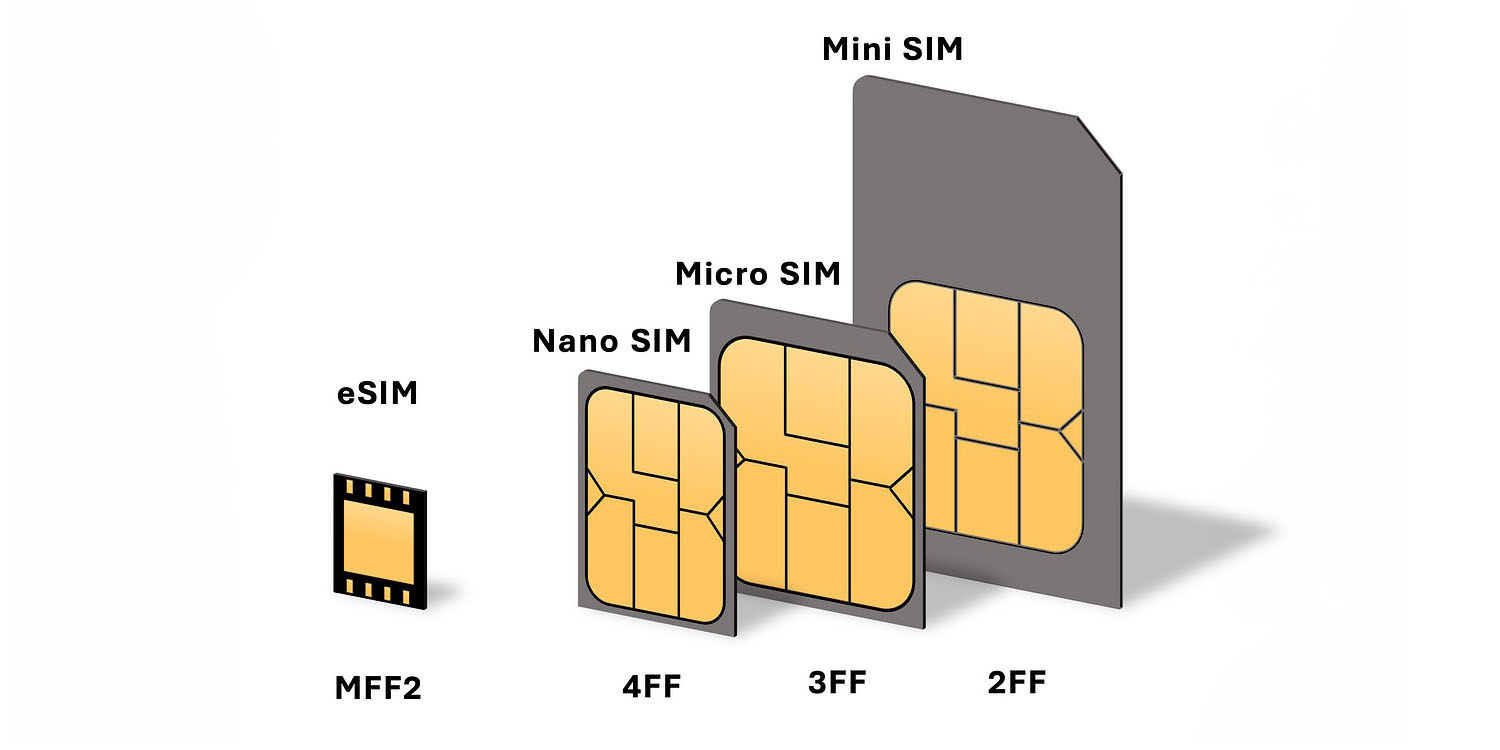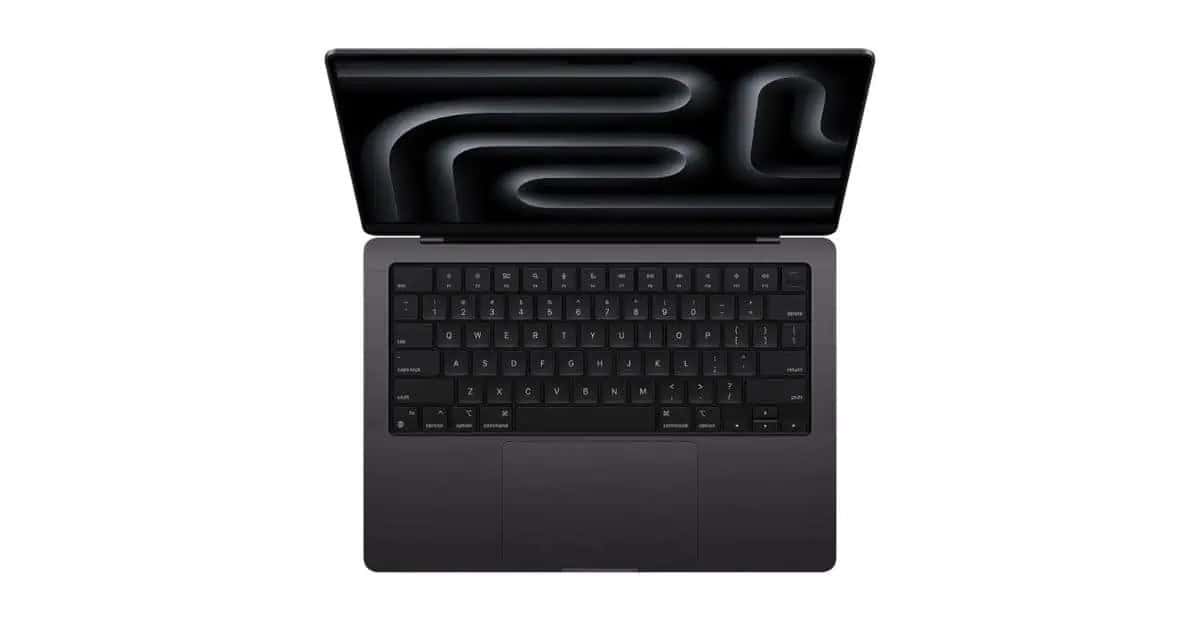Since their inception, Subscriber Identity Modules (SIMs) have been pivotal in mobile telecommunications, serving as the linchpin for user identity and network access. Over the years, these modules have evolved from the cumbersome credit card-sized originals to the more compact mini, micro, and nano versions, reflecting the industry’s drive towards miniaturization and efficiency.
The advent of embedded SIMs, or eSIMs, marks a significant leap in this evolutionary journey. Unlike their physical counterparts, eSIMs are integrated directly into a device’s circuitry, eliminating the need for a removable card. This innovation offers several advantages:
– Enhanced Convenience for Travelers: Activating a local network plan becomes a seamless process, often achievable before even arriving at a destination.
– Reduced Risk of Physical Damage: The absence of a physical card means there’s no risk of misplacing or damaging the SIM during swaps.
– Streamlined Device Design: Manufacturers can utilize the space previously occupied by SIM trays for other components, potentially enhancing device functionality.
Apple’s foray into eSIM technology began with the iPhone XS and XR models in 2018. However, it wasn’t until the release of the iPhone 14 series that the company made a decisive move by eliminating the physical SIM slot in U.S. models. This transition was not merely aesthetic; it signified a commitment to embracing the future of mobile connectivity.
The iPhone 17 series further capitalized on this shift. By repurposing the space once reserved for the SIM tray, Apple introduced a modest yet noteworthy increase in battery capacity. This design optimization underscores the tangible benefits of adopting eSIM technology.
Given these advancements, it’s compelling to advocate for a global transition to eSIM-only iPhones. Such a move would not only standardize device design but also offer users worldwide the benefits of enhanced convenience and improved device performance.
However, it’s essential to acknowledge the challenges inherent in this transition. Not all regions have fully embraced eSIM technology. For instance, in China, regulatory hurdles have delayed the launch of eSIM-only devices like the iPhone Air. The Chinese market’s limited eSIM support necessitates a nuanced approach, potentially maintaining physical SIM slots in specific regions until broader acceptance is achieved.
In conclusion, the trajectory of mobile technology points towards a future dominated by eSIMs. Apple’s progressive steps in this direction set a precedent for the industry. By addressing regional challenges and fostering global carrier support, the vision of a universally eSIM-only iPhone lineup becomes not only feasible but also advantageous for users and manufacturers alike.



